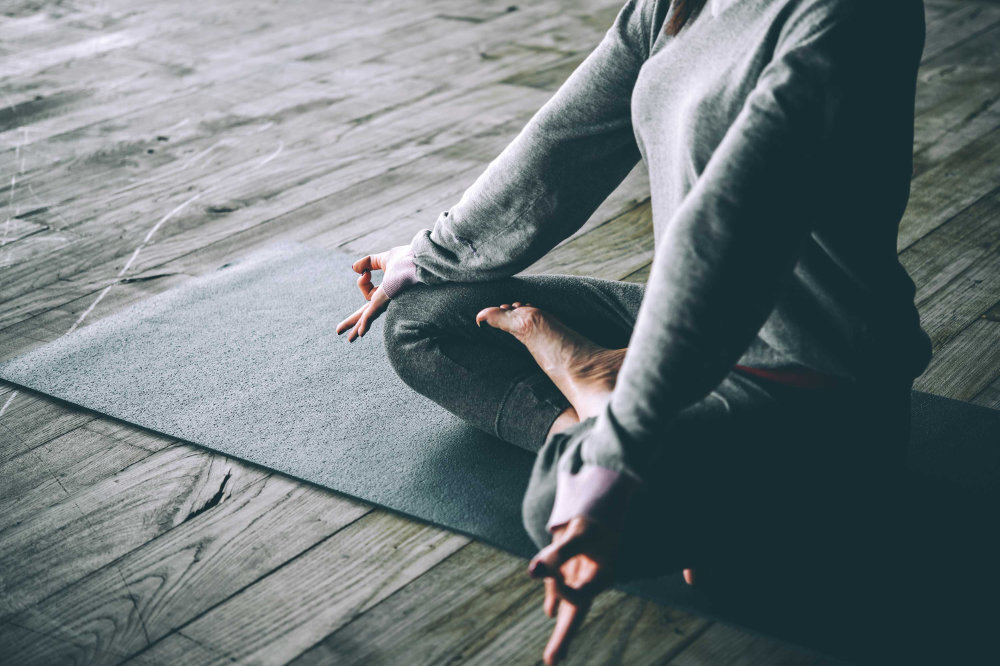 Estimated reading time: 2 minutes
Estimated reading time: 2 minutesAnd I speak from experience. I lived for years with chronic pain and illness in various guises. It wasn’t until a series of hospitalisations that I decided enough was enough. I completely overhauled my lifestyle – from fitness to diet, sleep to mind-set. This journey led me not only on a path to physical and mental wellness, but also on one of professional change. I’d always loved Pilates, but after recovering from my ill-health, I threw myself into further training and qualifications. I now run my own studio and provide specialist support for clients suffering from hypermobility and EDS.
When done correctly, and in conjunction with medical support, Pilates can work wonders when it comes to dealing with the effects of hypermobility. I developed a unique method – my ‘Integral Movement Method’ – to help those with hypermobility or chronic pain live happier, more comfortable lives.
This method has its origins in Pilates, but evolved from a rehabilitation and pain management focus. The method brings together breathing, relaxation, proprioception (body awareness), joint stability, balance, and posture. It uses non-impact exercises to strengthen your core and improve joint strength, giving you more control over your movement. It looks at the mind first and then the body, helping people manage their pain and stress more effectively.
I’ve worked with clients who have been heavily reliant on painkillers for years, with pain and discomfort a grudgingly accepted part of their daily existence. But through carefully considered exercise and movement therapy, they’ve been able to significantly reduce their pain and increase their quality of life.
Life with hypermobility or chronic pain can often seem hopeless. Medical professionals often misdiagnose associated conditions such as EDS and patients are too often told that pharmaceuticals are the only way of managing their conditions. But I am hugely passionate about the way tailored movement and exercise can make a difference. I’ve seen for myself the life-changing impact it can have.
Of course, it’s not right for everyone and should always be seen as complementary to, rather than a replacement for, medical support. But I seriously encourage people to explore the impact such methods can have.
If you’d like to learn more, take a look at the presentation I spoke to during my recent appearance at the EDS Society’s conference in Las Vegas, or head to my website to read more about my Integral Movement Method approach.
2 Comments
Jamie Eggleston - 11th October 2017
I was at the conference and loved your session. I wish you worked in northern Indiana!!
Jeannie Di Bon - 9th January 2018
Thank you so much Jamie. I’m glad you enjoyed it. Hoping to get over to the States again soon.